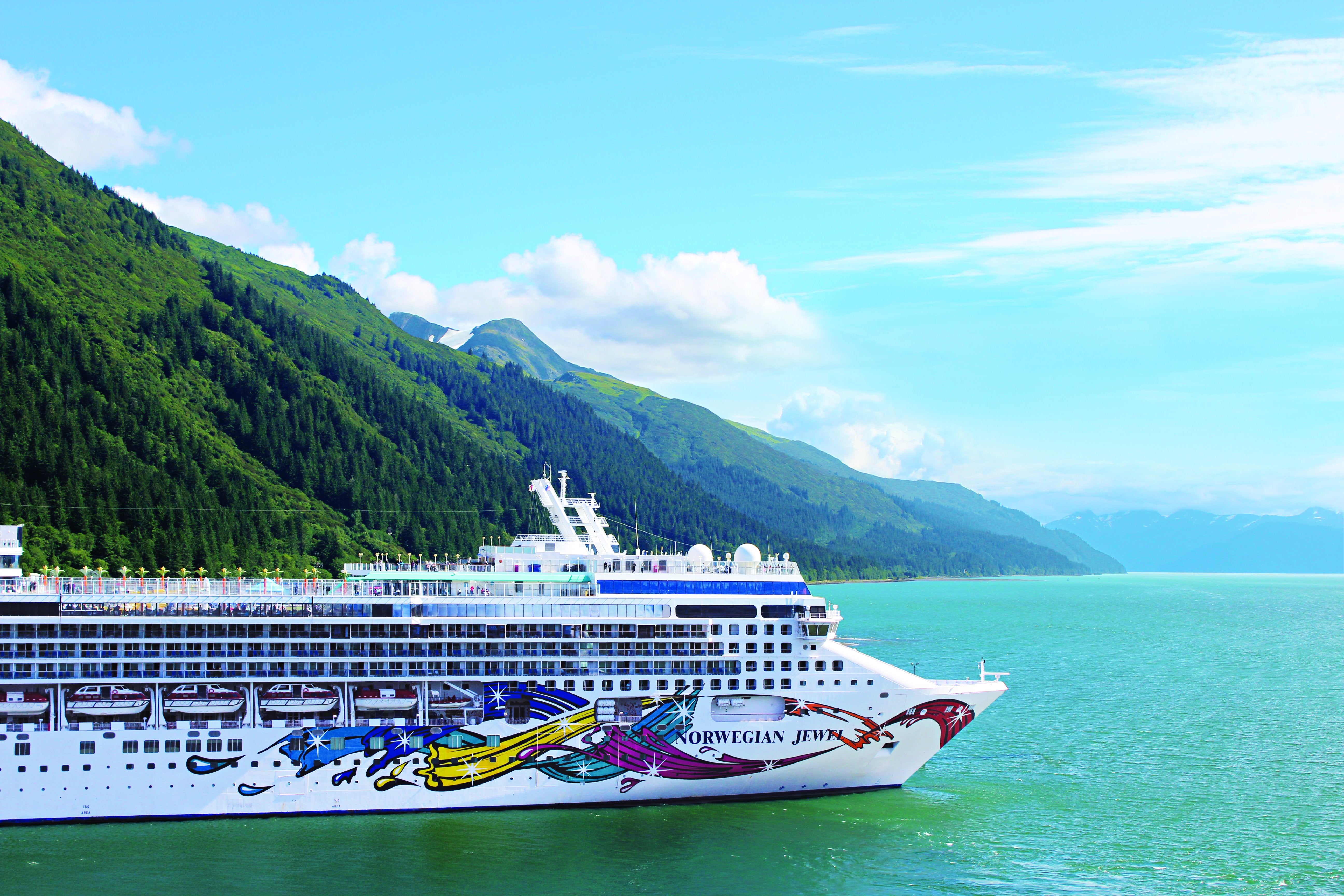The return of cruising: is the industry bouncing back?
Even by pre-pandemic standards, 2022 has been a good year for cruise – and it’s not over yet.

With dozens of new ships, more cruise lines in the market and a shift towards a younger demographic, a positive outlook for the cruise industry seemed almost unfathomable in the darkest depths of the pandemic, when cruise was the hardest-hit sector among an already-beleaguered travel industry.
While there is still a way to go in recovering to pre-2020 levels, the signs are promising: more than 10 million people have cruised since sailings restarted worldwide, most lines have their full fleets back in service, testing requirements are easing and demand is booming for hotspots including the Med, Caribbean and Norwegian fjords.
Kelly Craighead, president and chief executive of CLIA (Cruise Lines International Association), said: “As the industry resumes operations, passenger volume is expected to recover and surpass 2019 levels by the end of 2023, and is projected to recover 12% above pre-pandemic levels by the end of 2026.
“With the support of an incredibly resilient community, the future of the cruise industry is bright.”
Royal Caribbean Group – owner of brands including Royal Caribbean International, Celebrity Cruises and Silversea – saw a 30% jump in bookings from April to June for travel in the second half of 2022, compared with the same periods in 2019, and says reservations for next year are rolling in ever-faster each week.
Meanwhile Norwegian Cruise Line, Princess Cruises and Regent Seven Seas Cruises are among the lines that have reported record-breaking days of new bookings. Norwegian Prima, being christened by pop superstar Katy Perry in August, became NCL’s most in-demand ship ever in its first week on sale.
This positivity is borne out not only by cruise lines themselves but also by agencies that sell across the sector. Tony Andrews, deputy managing director at cruise.co.uk, said: “We’re very encouraged by our booking numbers this year, which are now on a par with those from 2019. Most cruise passengers are clearly keen to get back on the water.”
The company has seen growth among younger age groups, with under-20s now making up 8% of passengers compared to 6% in 2019. While those aged 60-plus still account for the majority of customers, 44% are now under 60, a jump from 37% pre-pandemic.
Perhaps the clearest indicator of a healthy future is the level of investment in the sector, with 22 new ocean-going ships taking to the seas this year. Viking alone is adding 15 vessels across its river, ocean and expedition arms.
There are new players on the scene too, including Virgin Voyages, Havila Voyages, relaunched brand Swan Hellenic and Ambassador Cruise Line, the first British cruise company to set sail in ten years, filling a gap left by the demise of Cruise & Maritime Voyages in 2021.
As well as getting back on track, there are efforts to change the industry for the better. The mammoth task of reducing ships’ environmental impact has begun in earnest, with more hybrid-powered ships than ever using lower-emission fuels such as liquefied natural gas, battery power to sail noiselessly in and out of port, and advanced wastewater treatment, exhaust cleansing and dynamic positioning systems that avoid dropping anchors into fragile seabeds.
What guests are looking for has also changed, with more appetite for small-ship and river cruises, flight-free sailings from UK ports and upgrades to higher room categories or exclusive ‘ship-within-a-ship’ enclaves.
Rosie Cairns, joint managing director for ROL Cruise, said: “We have seen guests booking itineraries with longer durations and upgraded cabins compared to previous cruise holidays. No-fly cruises have also proven increasingly popular this year, perhaps due to the challenges some airports and airlines have been facing.”
With people spending more to make up for lost time – a survey by NCL of 2,000 adults earlier this year found holidaymakers were planning longer, more-exotic itineraries and spending nearly £9 billion more on travel than in 2019 – luxury cruises and bucket-list adventures are also on the rise.
Alex Loizou, sales and marketing director at Mundy Cruising, said: “The resurgence of the luxury cruise market has been phenomenal. We’re already 13% ahead year-on-year of our performance in 2019, a year of record growth for us and one that saw the industry at the peak of its strength. The growth in expedition cruising has been even more remarkable with bookings up 76% compared to the same time in 2019.”
With plenty more ships on the horizon for 2023 – Norwegian Viva, Celebrity Ascent, Icon of the Seas and Seven Seas Grandeur, to name but a few – it seems the bounce-back has only just begun.
Subscribe to Independent Premium to bookmark this article
Want to bookmark your favourite articles and stories to read or reference later? Start your Independent Premium subscription today.